Elevate Your Vision in 2024: 15 New Year’s Resolutions for Your Eyes.

Read time: 8 minutes
As we look ahead to 2024, it's the perfect time to focus on resolutions that extend beyond the typical fitness or career goals. In the coming year, let's set our sights on a crucial aspect of our well-being often overlooked – our eyes. Your eyes, the windows to the soul, deserve dedicated attention and care.
Discover 15 useful eye health resolutions for 2024 that are much easier to implement than signing up for a gym membership or starting a crash diet – all of which usually fail by the time Valentine’s Day arrives. From routine eye exams to mindful screen time and stress management, these resolutions are meant to give you a roadmap to a clearer, brighter, and healthier perspective on the world around you.
Ways to Attain Better Eye Health
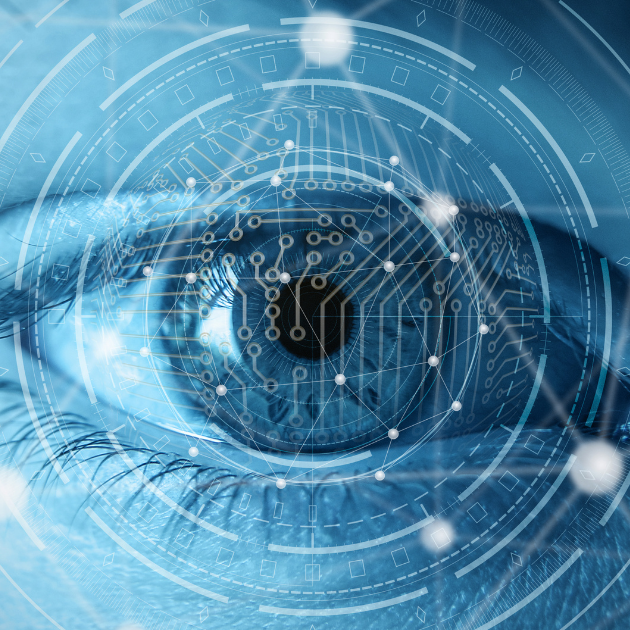
1. Schedule Your Annual Eye Exam
Getting your annual comprehensive eye exam may seem like a routine task, but its importance cannot be overstated. These examinations go beyond assessing visual acuity and getting a prescription for corrective eyewear; more importantly, they allow optometrists to detect early signs of potential eye diseases, such as glaucoma or macular degeneration. Timely intervention can prevent irreversible damage and ensure that your eyes remain in optimal health. Schedule an appointment today!
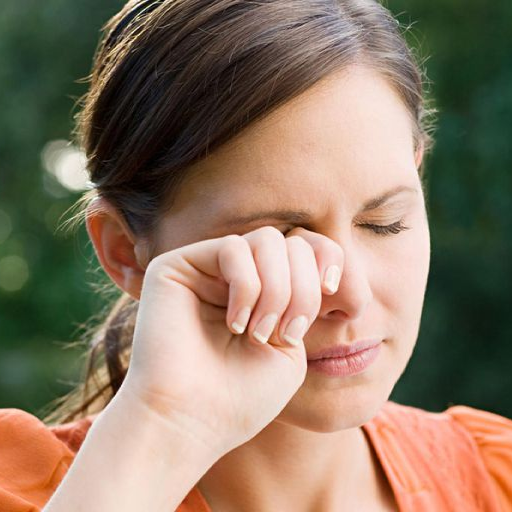
2. Manage Dry Eyes
Combating dry eyes involves more than just reaching for eye drops. Staying adequately hydrated and incorporating omega-3 fatty acids into your diet can significantly alleviate dry eye symptoms. Additionally, taking breaks during extended periods of screen time and using a humidifier in dry environments contribute to maintaining a healthy tear film, promoting overall eye comfort. Learn how a Dry Eye Evaluation can help you uncover the mysteries behind your eye discomfort.

3. Reduce Eye Allergies
Allergies can wreak havoc on your eyes, leading to itching, redness, and discomfort. Minimize exposure to allergens by keeping windows closed during high pollen seasons and regularly cleaning air filters. Over-the-counter antihistamine eye drops can provide relief, but consulting with an eye care professional for personalized recommendations is advisable. Discover more valuable home remedies for itchy, scratchy eyes.

4. Implement a Balanced Diet with Proper Hydration
Nutrition plays a vital role in eye health. A diet rich in vitamins C and E, zinc, and omega-3 fatty acids supports optimal eye function. Include leafy greens, fish, nuts, and citrus fruits in your meals to provide essential nutrients. Staying adequately hydrated also contributes to the overall health of your eyes. Explore more healthy eating tips for maintaining a properly balanced diet for eye health.

5. Manage Your Stress
Chronic stress can negatively impact your eyesight. Incorporate stress-management techniques, such as meditation, yoga, or deep breathing exercises, into your daily routine. By reducing stress levels, you contribute to better overall health and maintain your eyes in a relaxed and optimal state. See how this silent strain affects your eyes and overall health.
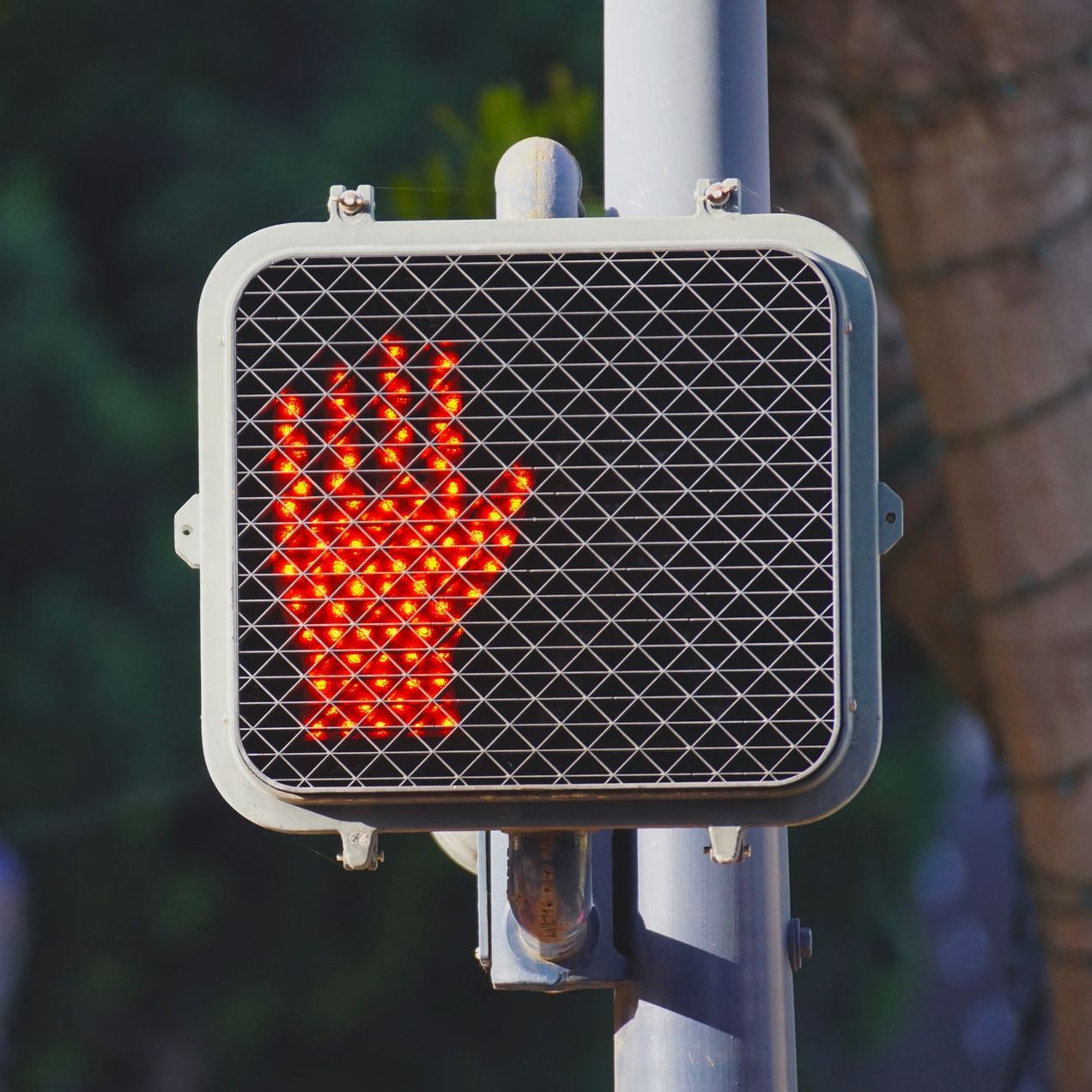
6. Break the Smoking Habit
Smoking is linked to an increased risk of cataracts, macular degeneration, and optic nerve damage. Quitting smoking is a powerful resolution for overall health, including the well-being of your eyes. Seek support from your doctor, friends & family, or a smoking cessation program to increase your chances of success. Beyond damaging your lungs, learn how smoking affects your eyes.
Ways to Up Your Eyewear Game
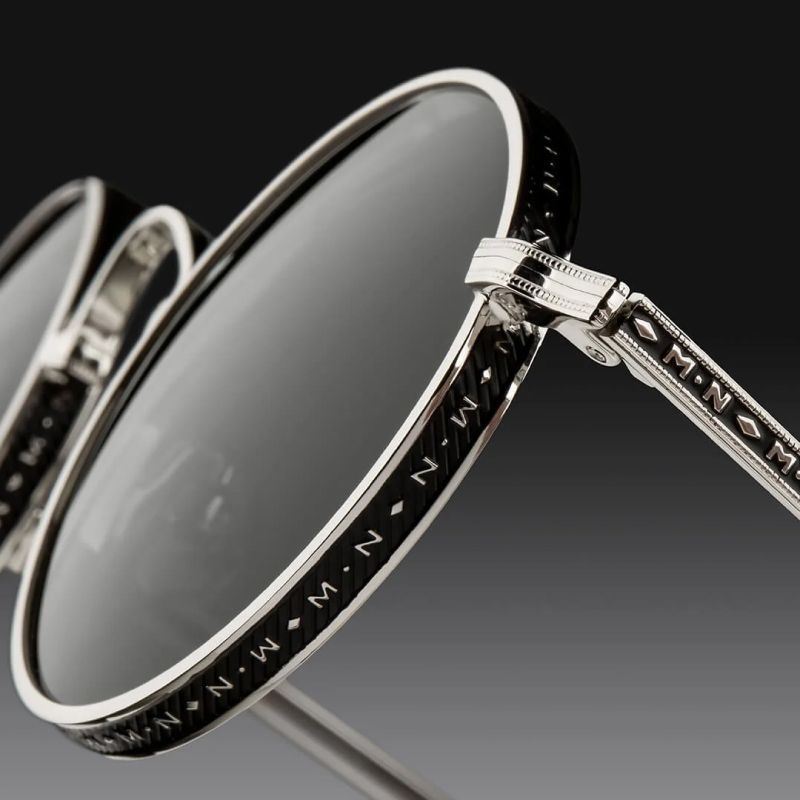
7. Update Your Look with a New Luxury Frame
Elevate your style while caring for your eyes by updating your eyewear wardrobe with a handcrafted luxury frame. These frames not only showcase your personality but are also crafted with precision, ensuring durability and comfort. The right frame can enhance your facial features while providing optimal support for your lenses. Take a look at all of our in-stock luxury eyear at our virtual store.
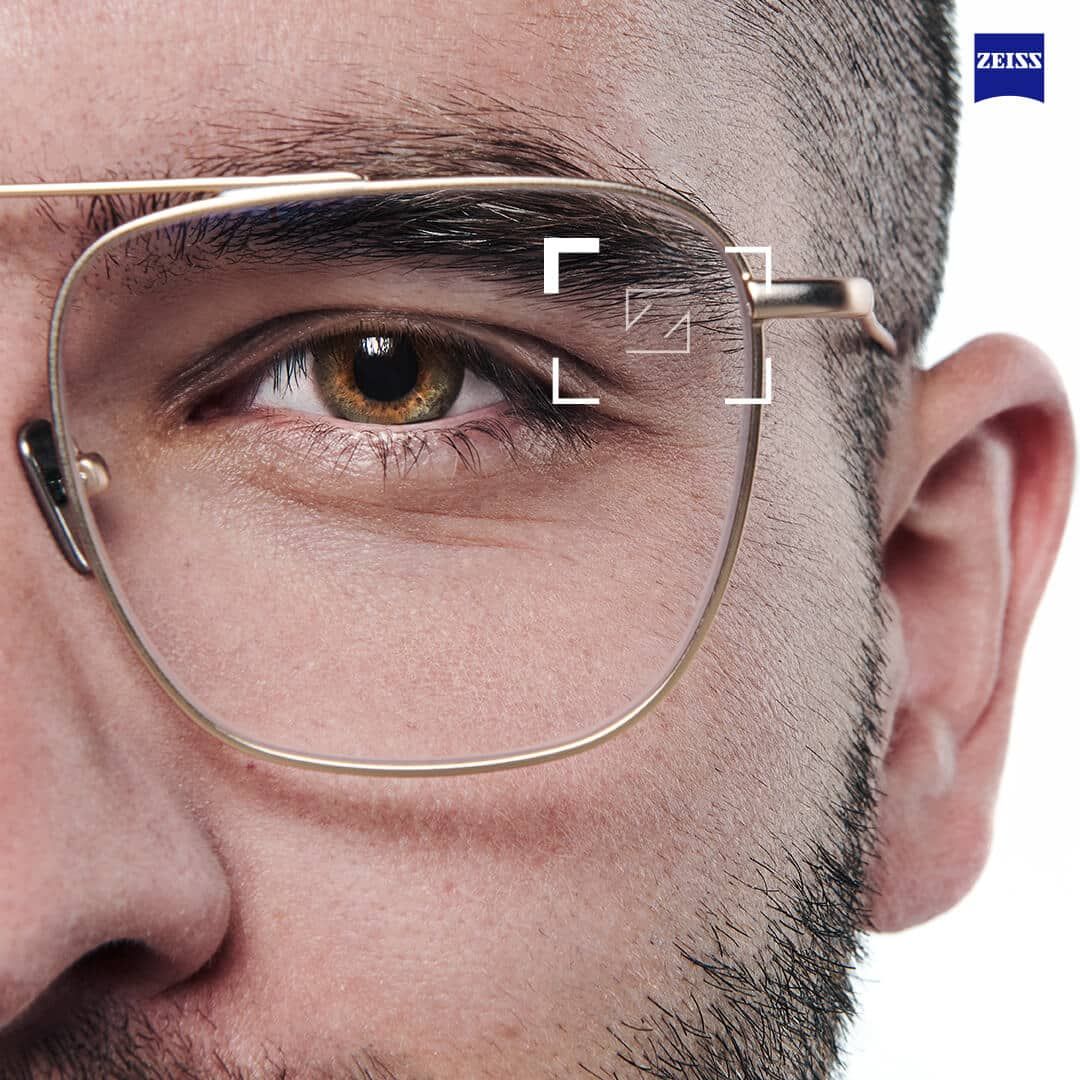
8. Invest in Premium Quality Lenses
Your choice of eyeglass lenses plays a pivotal role in your visual experience. Investing in premium quality lenses, such as high-index or anti-reflective coated lenses, not only enhances visual clarity but also reduces glare and eye strain. Discussing your lifestyle and preferences with your optometrist and the optical staff can help determine the most suitable lens options for your needs. Discover the clarity and perfection of the premium Zeiss Lenses carried at Urban Optiks Optometry.
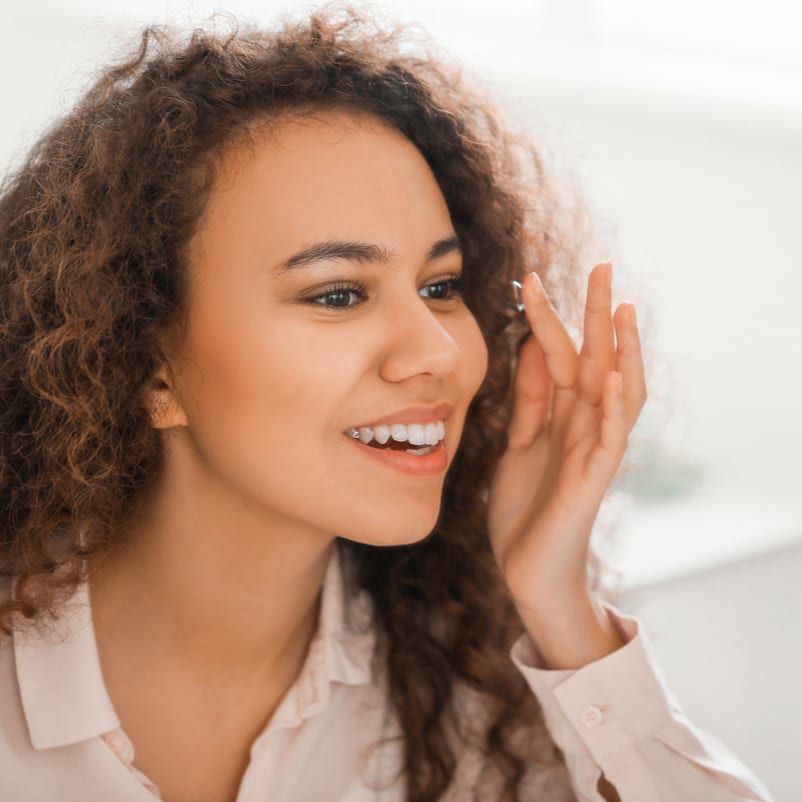
9. Try Contact Lenses for Glasses-free Vision
For those seeking an alternative to eyeglasses, contact lenses offer convenience and a more natural field of vision. Whether for daily wear or occasional use, modern contact lenses are designed for comfort and breathability. Consult with your eye care professional to explore the contact lens options that suit your lifestyle and vision correction needs. Discover the freedom of a glasses-free life with contact lenses.

10. Wear Sunglasses 365 Days a Year
Shielding your eyes from harmful UV rays is a year-round commitment. Invest in sunglasses with premium coatings, such as UV protection and polarization, to safeguard your eyes from the sun's damaging effects. Prolonged exposure to UV rays can contribute to cataracts and other eye conditions, making protective eyewear a crucial component of your daily routine. Take a look at all of our in-stock sunwear at our virtual store.
Ways to Enhance and Improve Your Lifestyle

11. Follow the 20/20/20 Rule
In the digital age, prolonged screen time has become inevitable. However, implementing the 20-20-20 rule—taking a 20-second break to look at something 20 feet away every 20 minutes—can alleviate digital eye strain. Additionally, adjusting screen brightness and ensuring proper ergonomics contribute to a more comfortable and eye-friendly digital experience. Discover the side effects of digital eyestrain on your eyes.

12. Adjust your Night Mode Settings
The blue light emitted from digital devices can disrupt sleep patterns and cause eye strain. Activate the night mode feature on your devices during the evening to reduce blue light exposure. This simple adjustment can contribute to better sleep quality and overall eye comfort. learn about the characteristics and effects of blue light on your eyes.

13. Exercise your Eyes for Vision Improvement
Just as we exercise our bodies, our eyes benefit from regular workouts. Simple eye exercises, such as focusing on near and distant objects or practicing eye rotations, can enhance eye flexibility and strength. Incorporate these exercises into your daily routine to promote better visual health. Discover practical and easy DIY eye care tips for optimal eye health.

14. Practice Healthy Sleep Habits
Quality sleep is integral to overall well-being, including eye health. Ensure you get enough sleep each night, and if possible, create a sleep-conducive environment by keeping your bedroom dark and quiet. Adequate rest allows your eyes to recover and function optimally during waking hours. See how a lack of sleep can negatively affect your vision.

15. Create an Eye-Friendly Workspace
Creating an eye-friendly workspace involves optimizing lighting, minimizing glare, and ensuring proper screen placement. Position your computer monitor at eye level, use indirect lighting to reduce glare, and consider an anti-glare screen protector. These adjustments can enhance comfort and productivity while safeguarding your eyes. Explore how all of these can help reduce the effects of Computer Vision Syndrome.
The Takeaway
By embracing these 15 eye health resolutions for 2024, you can pave the way for a year of enhanced visual well-being. By incorporating these simple yet impactful practices into your daily life, you not only invest in the longevity of your eyesight but also set the foundation for a healthier, more vibrant future.
Let's make 2024 a year of not merely seeing but truly experiencing the world around us – from vibrant sunsets to an improved lifestyle. Through these resolutions, we're not just preserving our vision; we're investing in a future where our eyes - our most precious sensory companions - thrive in clarity and comfort.
All of us at Urban Optiks Optometry in San Diego wish you a very Happy New Year! Cheers to a year of vibrant, healthy eyes and the commencement of a lifelong commitment to visual well-being!
Share this blog post on social or with a friend:
The information provided in this article is intended for general knowledge and educational purposes only and should not be construed as medical advice. It is strongly recommended to consult with an eye care professional for personalized recommendations and guidance regarding your individual needs and eye health concerns.
All of Urban Optiks Optometry's blog posts and articles contain information carefully curated from openly sourced materials available in the public domain. We strive to ensure the accuracy and relevance of the information provided. For a comprehensive understanding of our practices and to read our full disclosure statement, please click here.


















